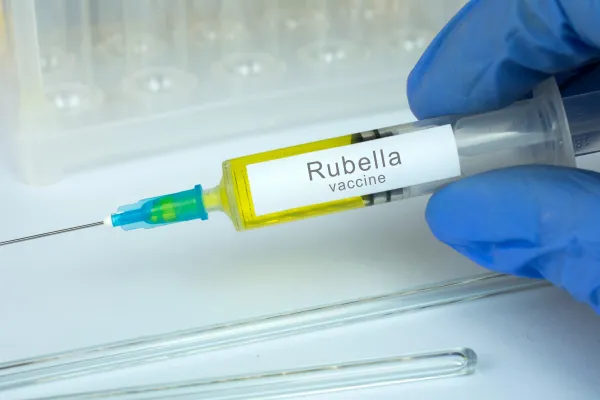Follow 3 Tips for Neonate Diagnosis Success

Don’t miss crucial guidelines that affect your code selection. When you’re reporting diagnoses for patients under one month old, you have to focus your code search in ICD-10 Chapter 16: Certain Conditions Originating in the Perinatal Period (P00-P96). But knowing the patient’s age, is not the only key to accurate coding. In some cases, you’ll need to use P codes when the patient is older than the age cutoff. In others, you will have to use codes from other chapters even when the patient is still a neonate. In the end, correct code selection boils down to understanding several crucial ICD-10 guidelines and following just three key tips that we’ve assembled into this easy-to-follow coding guide. Tip 1: Know the Different Ways Age Factors into Code Choice ICD-10 is very clear in its definition of “perinatal”: the period extends from “before birth through the 28th day following birth.” This matches the definition of “neonate,” which is considered to be the period from 0 to 28 days after birth. However, age may not always be the determining factor when you assign a diagnosis code to a patient. Guideline 16.a.3 warns you to use other codes if they “provide more specific details,” or to use sign and symptom codes “when a definitive diagnosis has not been established,” regardless of whether the patient is a neonate or not. More on that later. Alternatively, you can use P codes after the perinatal period. Both Guideline 16.a.1 and Guideline 16.a.4 direct you to use a perinatal code when a condition that has its origin in the perinatal period continues “throughout the life of a patient.” Denial warning: “Some of our clinics continue to get rejections from clearinghouses or from health plans for claims with codes from chapter 16 for patients older than 28 days of age,” cautions JoAnne M. Wolf, RHIT, CPC, CEMC, AAPC Fellow, coding manager at Children’s Health Network in Minneapolis, Minnesota. “It was very prevalent when ICD-10 codes were implemented, so we are seeing this less and less. But when it does happen, I suggest that the clinics cite these chapter-specific guidelines,” Wolf recommends. An example of this rule occurs when the patient is born premature or when the patient’s birth weight is low. Guideline 16.e includes the instruction to use the P07 (Disorders of newborn related to short gestation and low birth weight, not elsewhere classified) for both children and adults when the perinatal conditions affect patients throughout their lives. Sequencing alert: When you have to code for low birth weight and gestational age, make sure you pay close attention to Guideline 16.d, which asks you to sequence the birth weight code first followed by the gestational age code. So, you would code a child born prematurely at 30 completed weeks and weighing 3lb. 8 oz. but measuring above the tenth percentile for gestational age as P05.06 (Newborn light for gestational age, 1500-1749 grams), with P07.33 (Preterm newborn, gestational age 30 completed weeks) as the second code. Tip 2: Know Where the Condition Originated Guideline 16.a.5 states that you should code community-acquired conditions or conditions caused by the birth process with a code from another chapter, and that if the documentation is not definitive, you should default to a Chapter 16 code. “Community-acquired” in medical terms means that the condition was acquired in the community. This differs from a nosocomial, or hospital-acquired infection (HAI) such as pneumonia or gastroenteritis, which occurs after a patient is admitted to a facility but was not present or incubating in the patient prior to admission. So, “if a 2-week-old newborn presents with bacterial pneumonia due to strep B that was not caused by the birth process but from exposure by a sick family member, it would not be appropriate to report a code from chapter 16,” Wolf notes. “Instead, code J15.3 [Pneumonia due to streptococcus, group B] should be reported.” Tip 3: Know When to Apply Non-Perinatal Codes Earlier, we noted that Guideline 16.a.3 tells you to not to use a P code if you have other, more specific ICD-10 codes to choose from. As an example, you report infantile colic as R10.83 (Colic). “Although this [colic] often occurs during the perinatal period, it does not have an ICD-10 neonatal P code assigned to it,” says Donna Walaszek, CCS-P, billing manager, credentialing/coding specialist for Northampton Area Pediatrics, LLP, in Northampton, Massachusetts. “Therefore, the coder is instructed to go outside Chapter 16 to better define the condition.” As a general rule, “if the Alphabetic Index does not provide a specific code for a perinatal condition, assign code P96.89 [Other specified conditions originating in the perinatal period], followed by the code from another chapter that specifies the condition,” Walaszek suggests. Coding alert: Think twice before coding a neonate with J95.851 (Ventilator associated pneumonia). Should the newborn be diagnosed with this form of pneumonia, which is also known as VAP, you should reach for the more specific P27.8 (Other chronic respiratory diseases originating in the perinatal period) because the code includes VAP.




